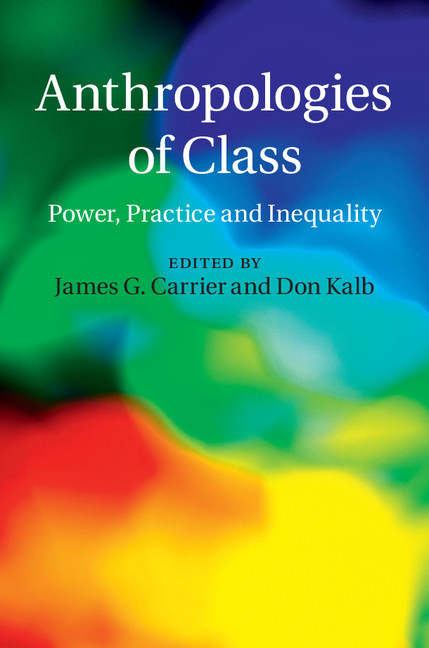Class trajectories and indigenism among agricultural workers in Kerala
In this article Assistant Professor Luisa Steur shows how the desire of the people of Kottamurade colony (South India) to fight for an autonomous Adivasi way of life emerged out of their increasing disillusionment with an earlier, and now debauched, class compromise regarding the economic integration of agricultural workers
 Kottamurade “colony” is a small, overpopulated and poverty-stricken rural ghetto. Situated on the edge of a large paddy field, it houses forty-four families and is part of a cash-cropping village of some 30,000 inhabitants in Wayanad, the hilly northern district of Kerala (South India). As one approaches Kottamurade, Christian farmers living nearby look on curiously to see who is paying a visit to the “Adivasis,” as most people refer to those living in the colony. Not everybody in Kottamurade itself, however, is so convinced of being Adivasi. “Adivasi? That’s something the government calls us. We’re just Paniyas,” one of the women told me. Paniyas are legally a Scheduled Tribe (ST), thus denoted since colonial times in the Indian census. They generally, however, consider themselves a jati (occupational caste): Paniya literally means “worker.” Yet, since the colony participated en masse in what became known as the Muthanga land occupation, organized by the Adivasi Gothra Maha Sabha (AGMS, Indigenous Clan Grand Federation) in 2003, some people have begun to embrace their Adivasi identity as more than just a legal category. I learned about the experiences of people at Kottamurade colony during a twelve-month stint of fieldwork in 2006–07, three years after the Muthanga land occupation had been violently broken up and all Kottamurade’s inhabitants had returned to the colony.
Kottamurade “colony” is a small, overpopulated and poverty-stricken rural ghetto. Situated on the edge of a large paddy field, it houses forty-four families and is part of a cash-cropping village of some 30,000 inhabitants in Wayanad, the hilly northern district of Kerala (South India). As one approaches Kottamurade, Christian farmers living nearby look on curiously to see who is paying a visit to the “Adivasis,” as most people refer to those living in the colony. Not everybody in Kottamurade itself, however, is so convinced of being Adivasi. “Adivasi? That’s something the government calls us. We’re just Paniyas,” one of the women told me. Paniyas are legally a Scheduled Tribe (ST), thus denoted since colonial times in the Indian census. They generally, however, consider themselves a jati (occupational caste): Paniya literally means “worker.” Yet, since the colony participated en masse in what became known as the Muthanga land occupation, organized by the Adivasi Gothra Maha Sabha (AGMS, Indigenous Clan Grand Federation) in 2003, some people have begun to embrace their Adivasi identity as more than just a legal category. I learned about the experiences of people at Kottamurade colony during a twelve-month stint of fieldwork in 2006–07, three years after the Muthanga land occupation had been violently broken up and all Kottamurade’s inhabitants had returned to the colony.
In the intervening period, some inhabitants of Kottamurade had grown skeptical of their former participation in the AGMS and of their attempt to organize as Adivasis. Others, however, had become even more convinced that the oppression and poverty they experienced was not so much a result of their position as poor agricultural workers, but rather of their status as Adivasis. Some people even started visibly embracing an Adivasi identity. The woman I will call Vellichi, for instance, had begun decorating her home with “tribal patterns” and stopped going to church, preferring to “stay with our own gods.” She had also decided to stop voting for non-Adivasi political parties and instead proudly stood as a candidate herself, an Adivasi candidate.
Luisa Steur: “Class trajectories and indigenism among agricultural workers in Kerala”. In Anthropologies of class: Power, practice and inequality. Edited by James G Carrier and Don Kalb. Cambridge University Press 2015.
